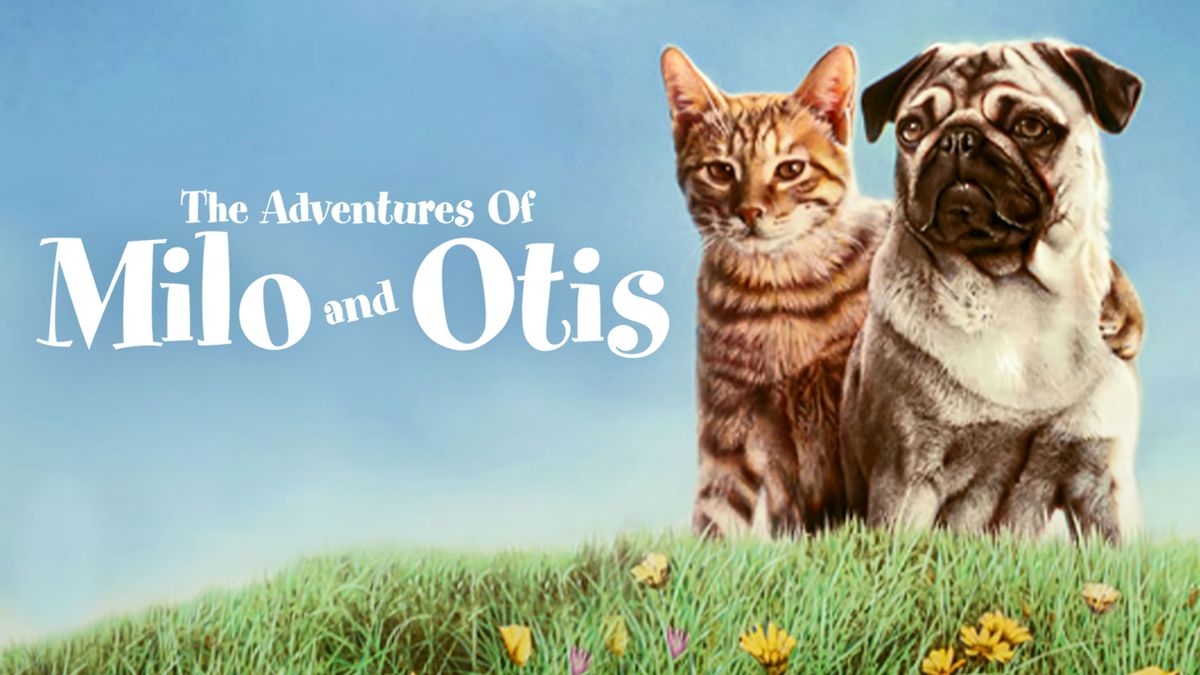The 1986 film “The Adventures of Milo and Otis” has long captivated audiences with its charming narrative of friendship between a mischievous cat and a loyal dog. The movie, set against a picturesque landscape, has garnered a nostalgic fondness, becoming a cherished childhood memory for many. However, beneath the surface of this cinematic gem lies a darker narrative that beckons examination—the alleged animal cruelty inflicted during its production. As we delve into this multifaceted issue, we uncover the juxtaposition of innocence portrayed on-screen and the moral quandaries that arise behind the scenes.
At first glance, “The Adventures of Milo and Otis” seems like a simple, heartwarming tale of two animal friends navigating the trials of life and nature. The vibrant scenery and adorable antics create a whimsical ambiance that enchants viewers, drawing them into a world where interspecies camaraderie reigns supreme. It is easy to see why this film has left an indelible mark on popular culture. Yet, like the deceptive calm before a tempest, the troubling allegations regarding the treatment of animals during filming persist, casting a shadow over its appeal.
Reports stemming from the production of “Milo and Otis” hint at unsettling practices that may have occurred behind the scenes. Some have claimed that as many as twenty-five kittens and several puppies were used to capture the raw essence of feline and canine exploration. The use of multiple animals to portray a singular character raises an ethical dilemma, questioning the extent to which animal welfare was prioritized during filming. What appears to be an endearing rendering of loyalty and adventure may well have been marred by negligence and exploitation.
The film’s production involved several daring stunts and perilous situations that put the animals at risk. Critics have pointed out that scenes were designed to showcase adventurous escapades, often placing cats and dogs in potentially hazardous scenarios. It is there, in the heart of these cinematic landscapes, that tales of animal distress arise. Did the film’s creators prioritize artistic expression over the safety of the creatures that brought their vision to life? The question lingers tantalizingly, a dark cloud overshadowing the sun-drenched visuals.
One harrowing tale involves a scene where Otis, the pug, is depicted floating down a river. While this moment is charming to audiences, it raises significant eyebrows regarding the safety measures implemented during the filming. Were there adequate precautions in place to ensure the animal’s well-being? The answer remains elusive, hidden behind a curtain of protective corporate silence. This compelling conflict between art and ethics poses a formidable challenge for both animal lovers and film enthusiasts alike.
In the quest for authenticity, filmmakers have long tread a precarious line between reality and artistic license. The desire to capture the unfiltered essence of animal behavior can often lead to actor-animal discrepancies that unintentionally promote dangerous practices. The advent of various animal rights organizations has spurred a revolutionary change in how productions are held accountable for the treatment of animals on set. Yet, it is essential to reflect on how this evolution did not exist in the era of “Milo and Otis.” The absence of stringent regulations then allows for the potential exploitation of the very beings meant to be celebrated.
Conversely, there are advocates of the film who argue that the behind-the-scenes practices were not egregiously harmful. They suggest that some of the pain points are based on overreactions fueled by modern sensibilities. This contention raises intriguing discussions about changing societal norms and the evolution of animal welfare perspectives over decades. What was once acceptable in the 1980s is now subject to scrutiny, as contemporary societal values demand a higher moral standard in animal representation.
This ethical conundrum serves to highlight the dichotomy that exists between the entertainment industry and social responsibility. In a world where views on animal rights have grown into a robust discourse, it is imperative that we re-assess our treasures from the past, such as “Milo and Otis.” The film is a precious relic, but should it be cherished or condemned? The answer may lie within the intricate interplay of nostalgia and ethical enlightenment.
While the discussion of animal cruelty in the making of “The Adventures of Milo and Otis” continues to unfold, it serves as a critical reminder of our duty as stewards of the environment and its creatures. The unique appeal of this film echoes not only in its visual artistry but also in the conversations it spurs about the treatment of animals in entertainment. Whether deemed a beloved classic or a cautionary tale, the film prompts a much-needed dialogue on the moral quandaries inherent in our enduring love for these endearing animal tales.
In a world where curiosity and innocence often meet stark realities, “The Adventures of Milo and Otis” stands as a testament to our evolving relationship with animals on screen. While its narrative enchants, we must also approach it with an understanding of the deeper implications that lie beneath its surface. Ultimately, the film challenges us to ponder the intersection of art, ethics, and responsibility in storytelling, urging us toward a more compassionate view of the creatures that inspire our most cherished tales.






